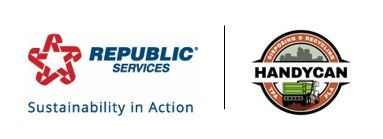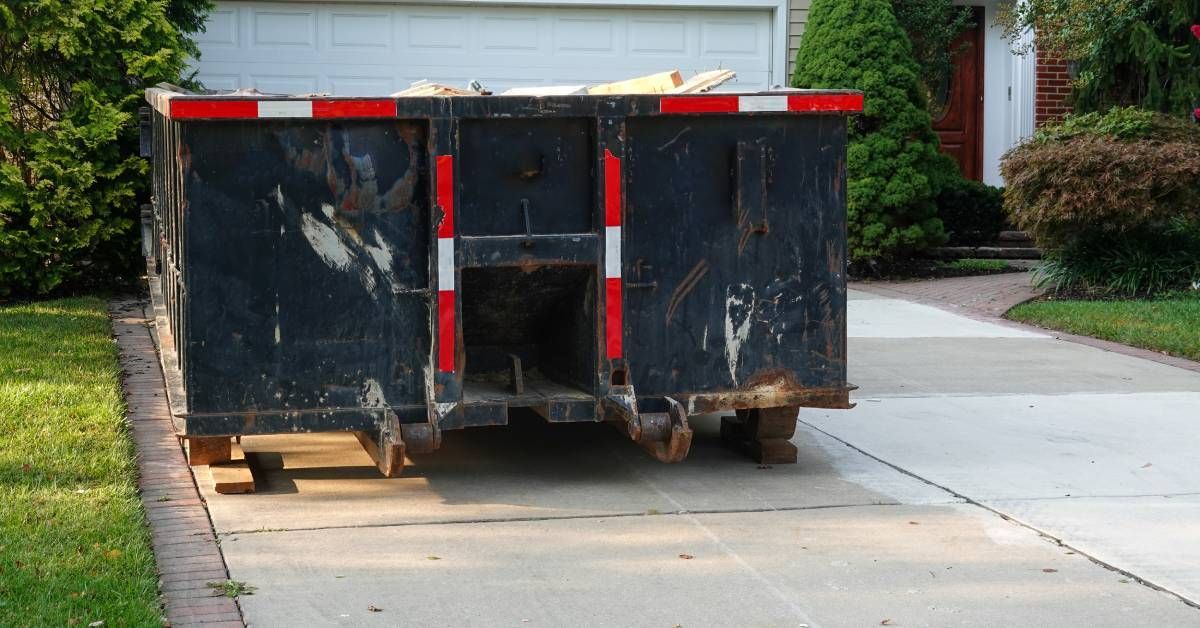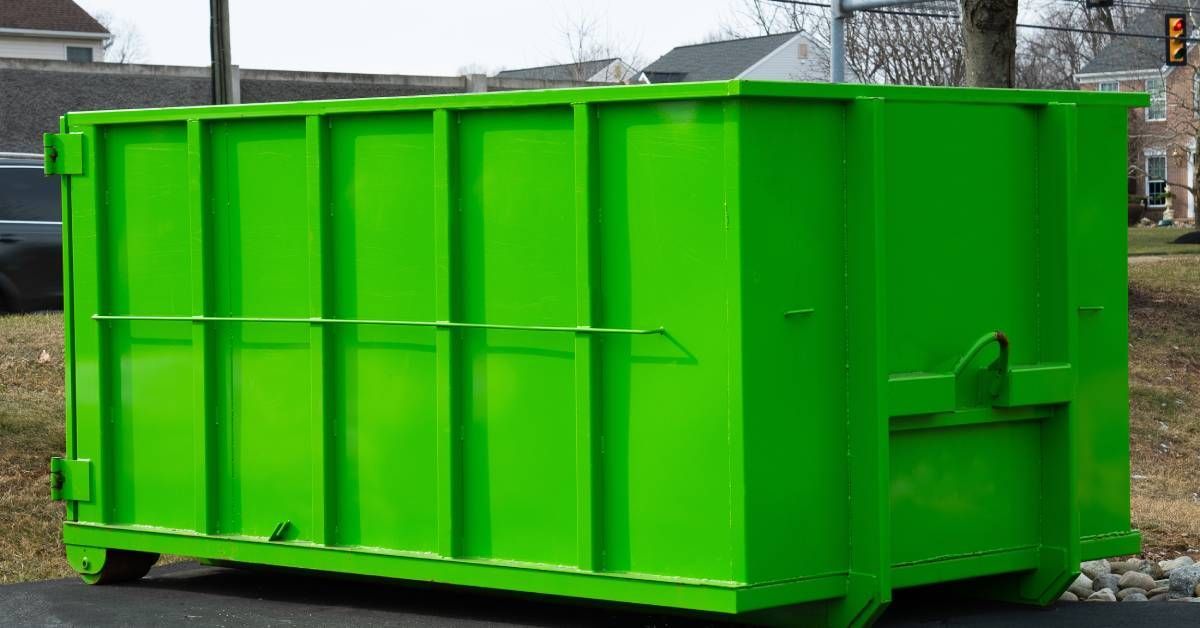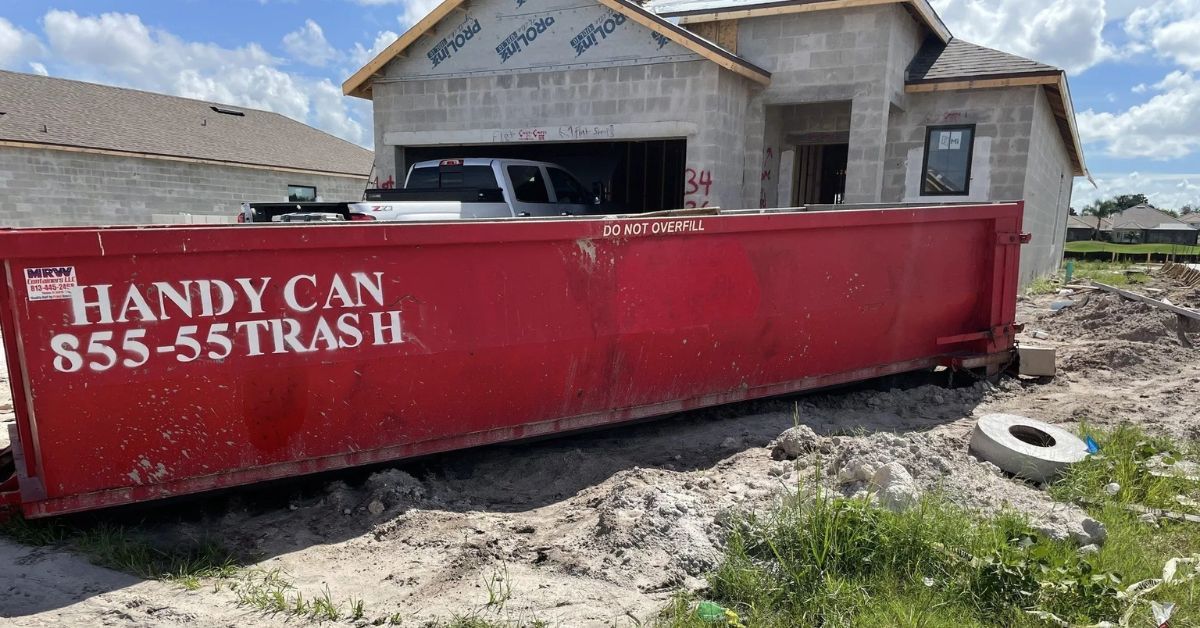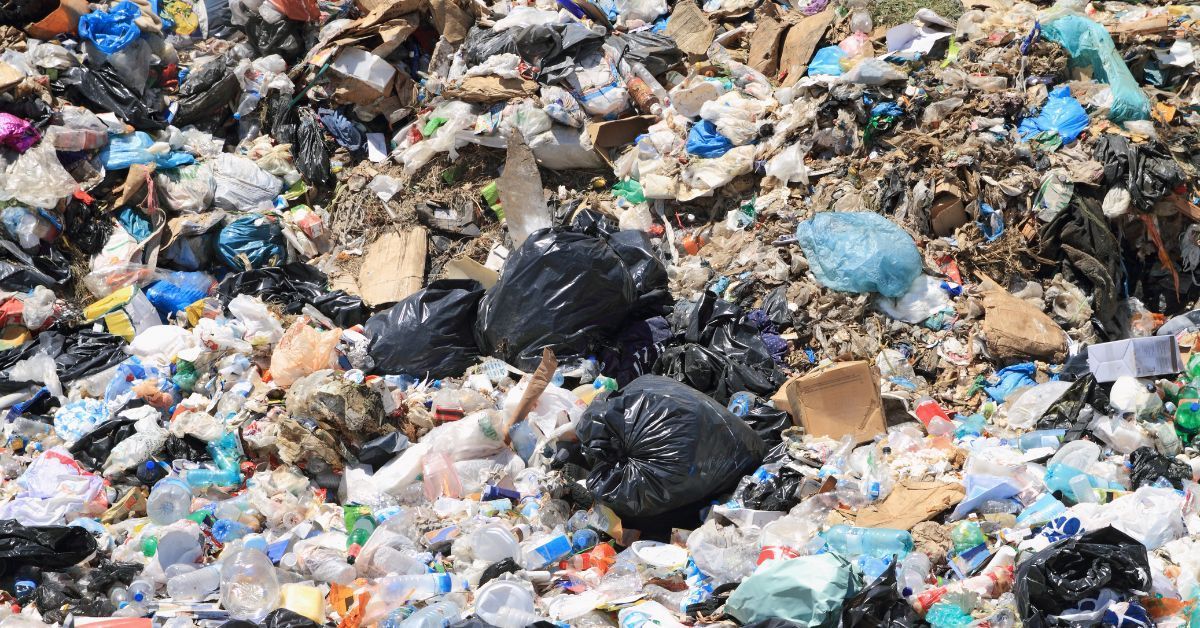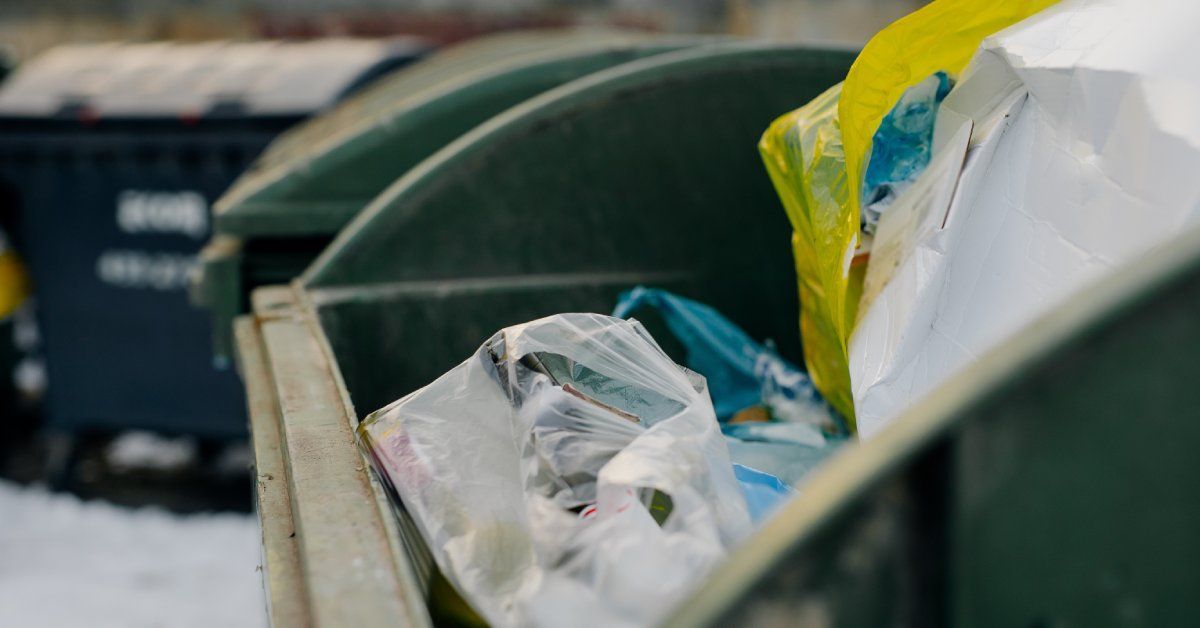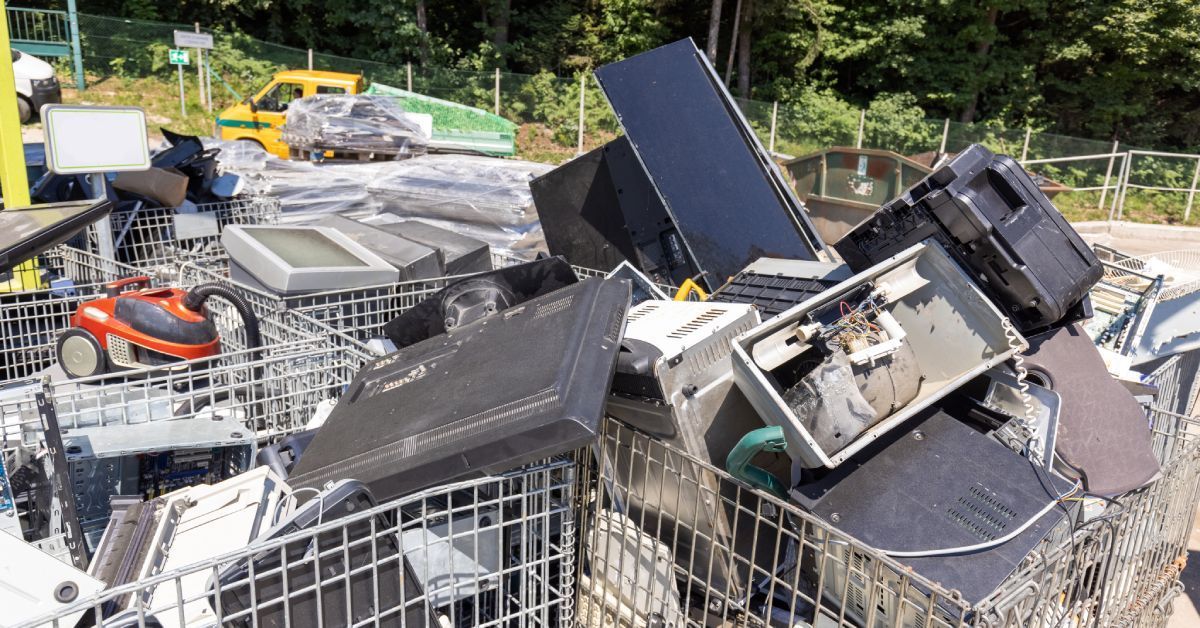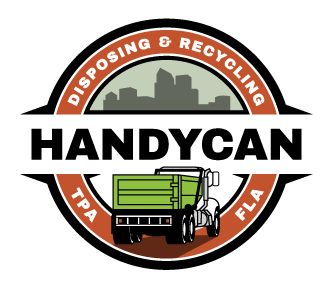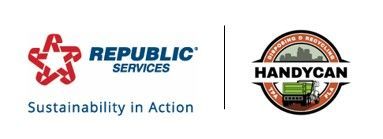The Role of Dumpsters in Disaster Relief Efforts
Disasters strike without warning, leaving chaos and destruction in their wake. Among the many challenges that communities face during such times is the overwhelming accumulation of debris and waste. Here in Florida, we often deal with hurricane season, and cleaning up the aftermath requires a lot of hard work. Understanding the role of dumpsters in disaster relief efforts allows people to help during cleanup efforts and save a lot of time and effort.
The Importance of Waste Management in Disasters
Providing rescue operations and first aid is a priority in the aftermath of a disaster. It’s usually easy to deliver aid when roads, streets, and housing areas don’t have debris littering the area. Damaged infrastructure, uprooted trees, and household waste can cover a town or city in the aftermath of a disaster, posing health and environmental risks. Efficient waste management is necessary for public health and safety. It also facilitates the rebuilding process by clearing spaces for reconstruction.
Dumpsters act as temporary repositories for garbage and other items needing disposal. Their capacity to hold large volumes of waste makes it easier for cleanup efforts to proceed without delay. Dumpsters are indispensable in disaster response strategies, whether it’s in the aftermath of a hurricane, tornado, or wildfire.
The Logistics of Deploying Dumpsters in Disaster Zones
Deploying dumpsters in disaster-hit areas requires careful planning and coordination. People involved in these endeavors need to consider accessibility, terrain, and proximity to waste disposal sites. Florida often coordinates with local authorities and relief organizations for maximum efficiency when it comes to dumpster deployment.
The logistics involve determining strategic locations where dispatchers can place dumpsters to serve the largest number of people. This requires an understanding of the disaster’s impact on different areas. Transporting dumpsters to these locations involves navigating through debris-laden roads, which is often a challenge in and of itself. Once dispatchers place them down, dumpsters streamline the cleanup process by serving as a convenient and centralized point for waste disposal.
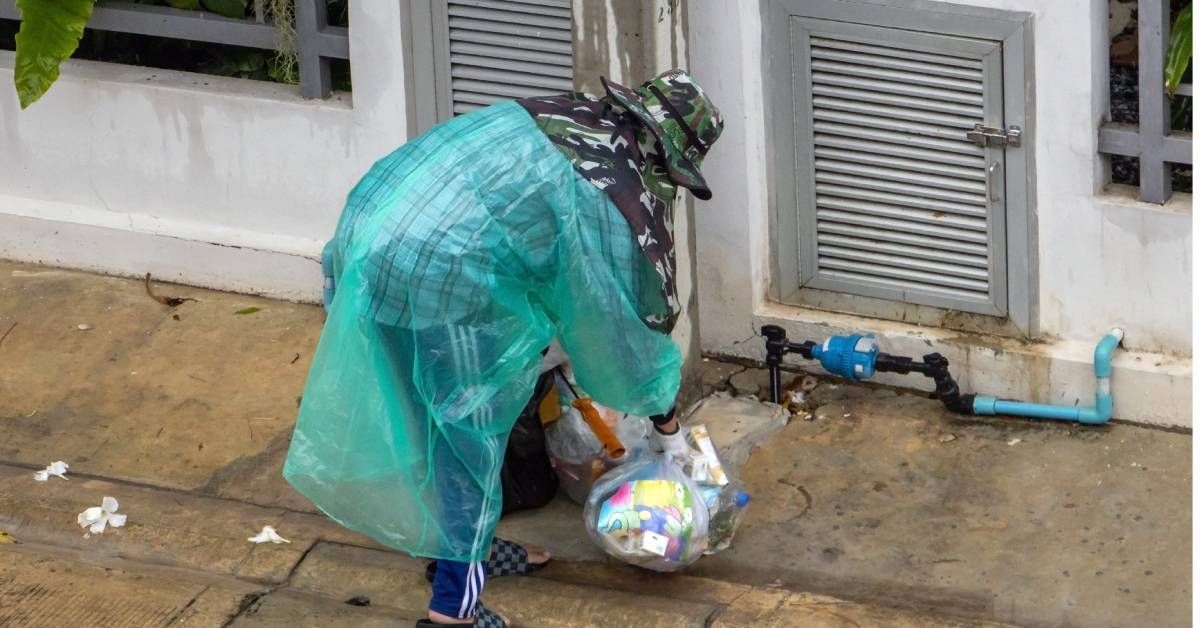
The Environmental Impact of Disaster Debris
Disasters leave behind a trail of debris that can have negative environmental consequences if neglected. For instance, chemicals and electronic waste can leach into the soil and water, causing long-term damage. Disastrous weather with heavy winds often results in extensive vegetation loss, contributing to the volume of organic waste.
Dumpsters minimize these risks by providing a designated space for waste collection. Containment prevents the indiscriminate dumping of debris and reduces the likelihood of environmental contamination. By supporting waste segregation, dumpsters aid in the safe disposal of hazardous materials and help us protect the environment.
The Economic Benefits of Efficient Waste Management
Effective waste management during disaster relief efforts has positive economic implications, as well. The quicker people can clear our debris, the faster the affected community can rebuild. This reduces downtime for businesses and restores livelihoods.
Dumpsters contribute to these efforts by expediting the cleanup process. They enable communities to recover faster, minimizing economic losses. The use of dumpsters can reduce cleanup costs by preventing the need for multiple waste removal arrangements. Cost-effectiveness is particularly beneficial for resource-strapped communities recovering from disaster.
Community Involvement and Dumpster Usage
A large part of the role of dumpsters in disaster relief efforts is that they make it easier for communities to get involved. Educating residents about proper waste disposal practices ensures they make the most of disaster relief. Before a major disaster, you could attend community workshops and find information campaigns to raise awareness about the importance of waste management in disaster scenarios.
We often encourage residents to separate their waste before disposal, distancing recyclables and hazardous materials from general debris. This practice not only aids in waste management but also fosters a sense of community responsibility. When residents actively participate in cleanup efforts, the recovery process becomes more effective and organized.
Challenges in Dumpster Deployment
Disaster relief teams might encounter challenges when deploying dumpsters. In the aftermath of a hurricane, it can be hard to navigate roads full of floodwater or debris from trees and houses. This makes it difficult to transport dumpsters to affected areas. On top of that, the sheer volume of debris requiring cleanup may exceed the capacity of available dumpsters, necessitating additional resources.
Another challenge is ensuring people can regularly empty the dumpsters to prevent overflow. When multiple communities face the same hardships simultaneously, it’s challenging to coordinate dumpster services. However, through collaboration with local governments and relief agencies, we can overcome these challenges and keep dumpsters as an asset in disaster recovery.
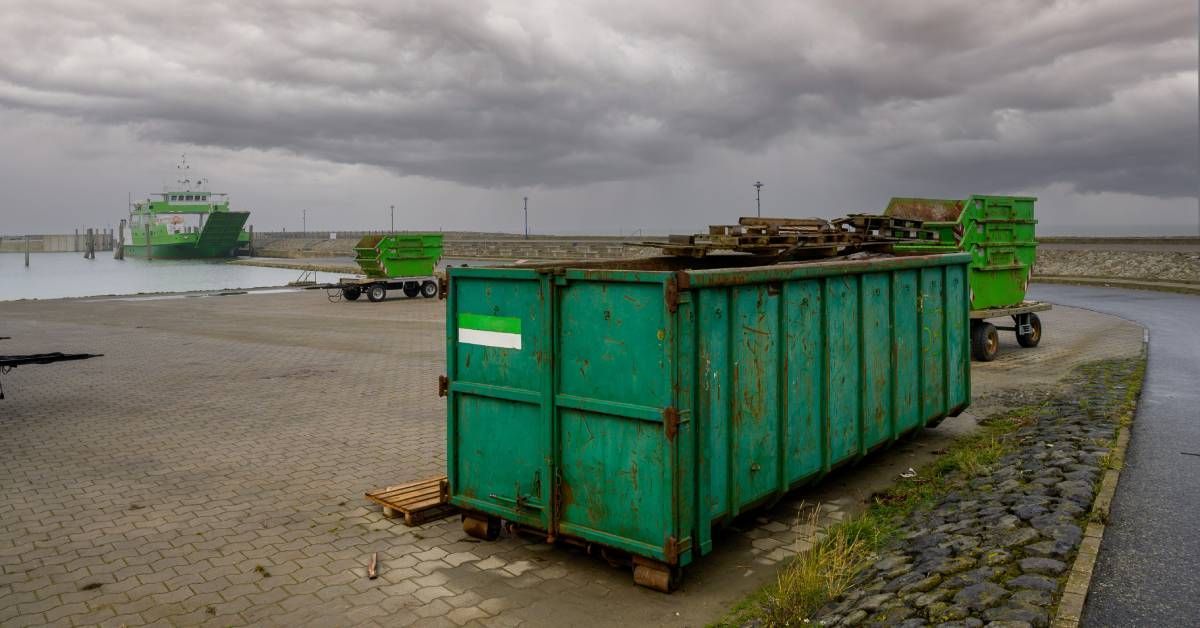
Technological Innovations in Dumpster Services
Advancements in technology make it easier to coordinate dumpster relief efforts. GPS tracking enables real-time monitoring of dumpster locations and facilitates coordination and deployment. This innovation is invaluable for rapid response to disasters.
The use of smart sensors in dumpsters can provide data on fill levels and alert waste management teams when they need servicing. Then, they can promptly empty dumpsters and prevent delays in the cleanup process. By leveraging technology, we can optimize disaster relief efforts to create more efficient waste management.
The Role of Dumpsters in Long-Term Recovery
Beyond immediate cleanup efforts, dumpsters play a role in long-term recovery and rebuilding. We can continue to use dumpsters for waste management as reconstruction progresses to stop debris from impeding development. Rebuilding after a hurricane in Florida can take months, and dumpsters are a constant and helpful presence in affected communities.
We can maintain cleanliness and order while creating a conducive environment for rebuilding. Dumpsters contribute to the resilience of communities by providing a reliable waste management solution, allowing them to recover and thrive in the face of hardships.
Collaboration With Relief Organizations
The success of using dumpsters in disaster relief efforts is largely due to collaboration with relief organizations. These partnerships allow organizations to allocate resources and integrate waste management efforts into recovery strategies.
This collaboration extends to private companies that provide dumpsters to meet the needs of affected communities. By working together, these private establishments can provide available dumpsters where people need them the most and enhance the effectiveness of disaster relief efforts.
Handy Can Disposing and Recycling is here to support local communities with residential dumpster services. Whether you’re facing the aftermath of a recent disaster or working on a home renovation project, we want to aid our surrounding area. Contact us anytime to learn more about what we have to offer and how we can help you.


